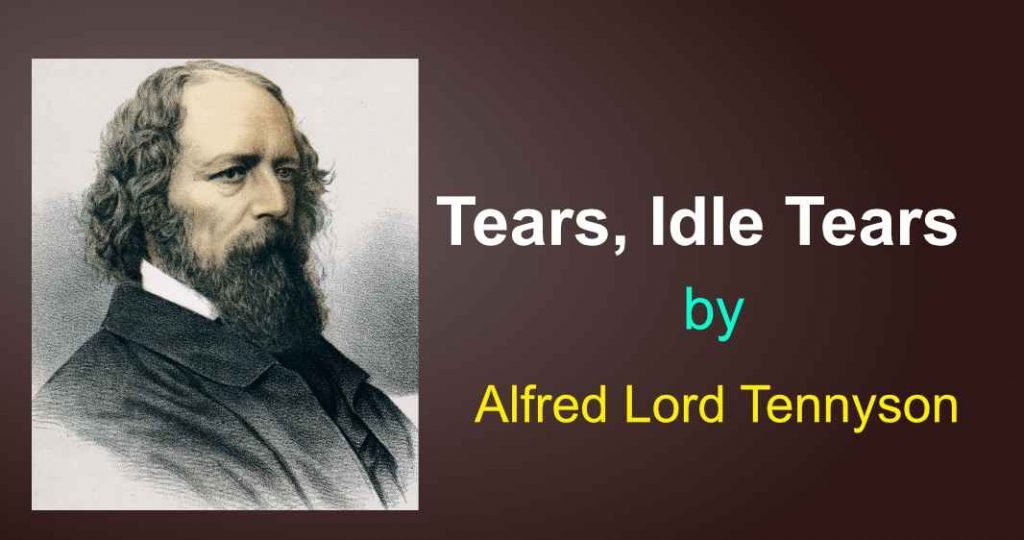Alfred, Lord Tennyson was a prominent English poet during the Victorian era. He was born in 1809 and died in 1892. He is best known for his long narrative poems, such as “The Lady of Shalott,” “Ulysses,” and “The Charge of the Light Brigade.”
He was also a Poet Laureate of the United Kingdom during much of Queen Victoria’s reign, a distinction given to a poet of great distinction and appointed by the British monarch as the official poet of the court.
Tennyson’s poetry is characterized by its use of vivid imagery, lush language, and a wide range of subjects. He wrote on many themes such as nature, love, loss, and war.
His poetry is also known for its musical quality, which is achieved through the use of rhythm, rhyme, and repetition. He was a master of traditional poetic forms, and his poetry is often considered to be some of the best examples of Victorian poetry.
His works have been widely read and celebrated for their powerful and moving language, and his influence on literature is still felt today.
Many of his poems are considered classics and are still studied and taught in schools and universities. He is remembered as one of the greatest poets of the Victorian era, and his work continues to be enjoyed and admired by readers around the world.
Symbols
Table of Contents
“The Charge of the Light Brigade” by Alfred, Lord Tennyson is a poem that uses symbols, style, and structure to convey the theme of heroism and sacrifice during the war.
The symbols in the poem include the “valley of Death” which represents the dangers and risks of battle, and the “six hundred” soldiers who symbolize the bravery and sacrifice of all soldiers.
Style
The style of the poem is characterized by its use of repetition, such as the repetition of the line “Theirs not to reason why, / Theirs but to do and die.” This repetition emphasizes the theme of duty and sacrifice.
The poem also employs strong and powerful imagery, such as “Cannon to right of them, / Cannon to the left of them,” which creates a sense of chaos and confusion during battle.
Structure
The structure of the poem is a rhymed, six-canto, octave-stanza form. This structure helps to create a sense of unity and coherence throughout the poem.
The poem is also divided into two parts, with the first half describing the charge of the Light Brigade and the second half describing the aftermath of the charge.
This structure helps to create a sense of contrast and tension between the two parts of the poem, which adds to the overall impact of the poem.
Conclusion
Overall, “The Charge of the Light Brigade” uses symbols, style, and structure to convey the theme of heroism and sacrifice during the war and to create a powerful and moving poem.




